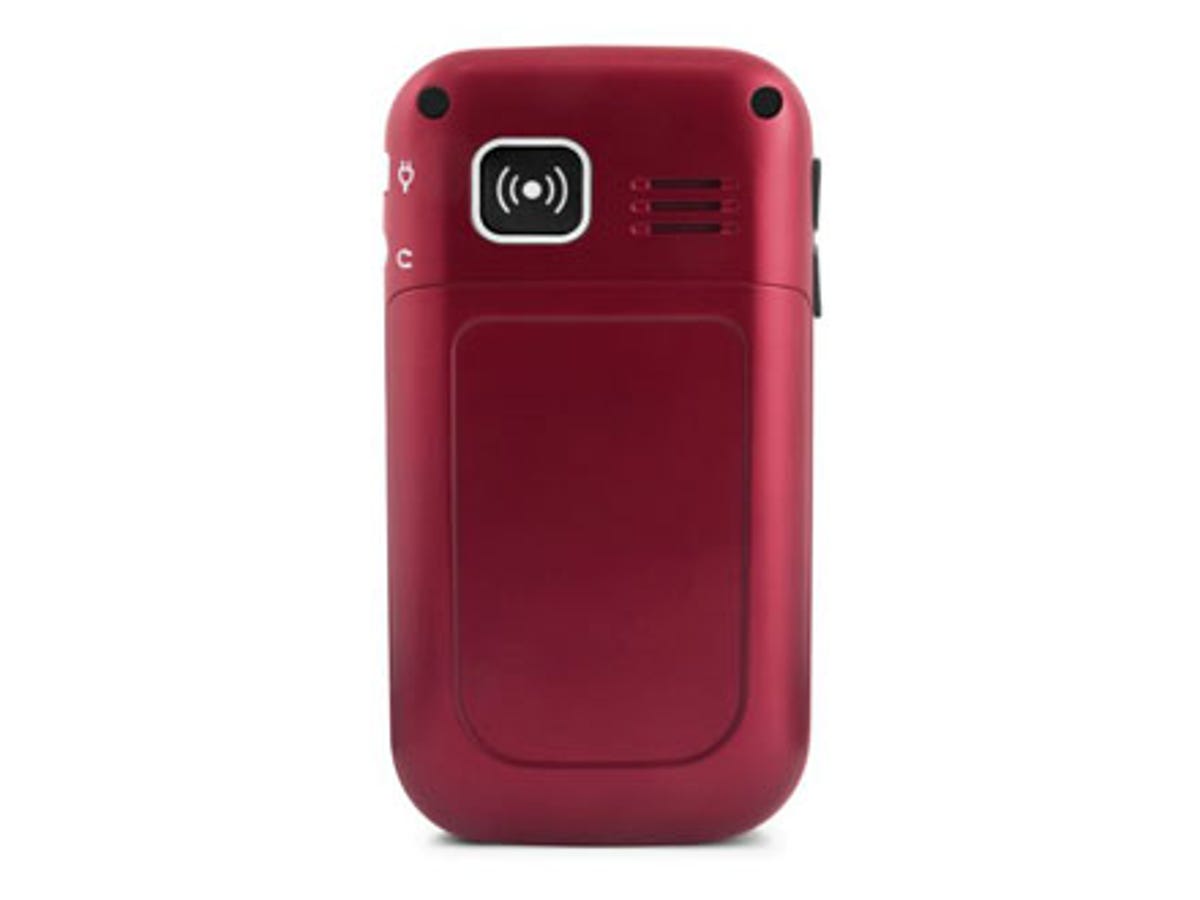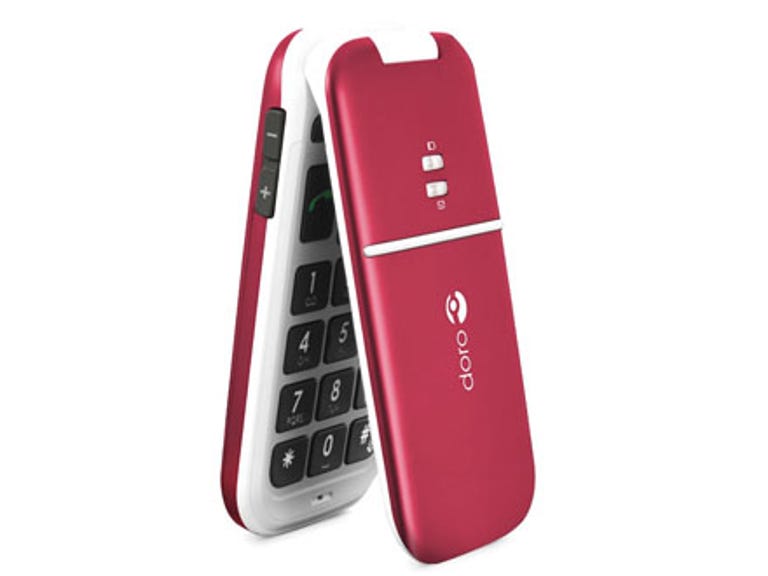 Why You Can Trust CNET
Why You Can Trust CNET Doro PhoneEasy 410gsm review: Doro PhoneEasy 410gsm
The Doro PhoneEasy 410gsm is a great basic mobile for the elderly and those who are less tech-inclined. But if you think this is as good as it gets, think again -- the Doro PhoneEasy 409gsm is simpler still.
We recently aimed our critical eyes at the Doro PhoneEasy 409gsm, an ultra-simple mobile designed with the elderly and hard of hearing in mind. This is the PhoneEasy 410gsm, a similar mobile from Doro that adds a few extra features here and there. At a pay as you go price of £100, it's a little more expensive than the 409, so is there any reason to prefer this mobile over the cheaper model? It's also available for free on a £15-per-month, 24-month contract, or SIM-free for around £120.
The Good
The Bad
The Bottom Line
Mathemagic
Our keen techno-mathematical minds tell us the Doro 410 is approximately one better than the 409. As such, we expect a few extra touches. Cosmetically, this clamshell phone shares some of the downsides that plagued the 409, notably a bulky, plasticky frame. This phone is pleasingly light, however, weighing an extremely dainty 99g, so it won't weigh you down when you're out and about.
The 410 comes in three colours -- red, black and white. Our version is the red model, which we have to say looks really sharp thanks to the slight gloss Doro has applied. The 409 is only available in black and, for this reason, we reckon the 410 scores higher on a purely aesthetic level.
Flipping the 410 open, you'll see an alphanumeric keypad with those extra-large buttons the PhoneEasy range is known for. These are big and comfy enough that they shouldn't put any strain on your hands or eyes. After years of using phones with teeny-tiny buttons or impossible touchscreen keyboards, these oversized buttons will come as a huge relief.
Disappointingly, the display is no bigger than that on the 409. With such a vast amount of space to play with, a 50.8mm (2-inch) display seems a little on the small side, and perhaps not ideal for those who aren't 100 per cent in the eyesight department. Still, with a 176x220-pixel resolution, everything on this screen looks clear, with no annoying blurring around the text or icons.

On the back of the 410, there's a great big emergency button. When pressed, the phone sounds a noisy alarm for a few seconds, then sends a pre-defined text message to up to five different numbers. It then proceeds to call those numbers one by one until somebody answers -- potentially an extremely useful feature. If you hit the button by accident, you do have until the end of the alarm to cancel the emergency.
The 410 also has a hearing-aid-compatibility rating of M3/T4, which means its speakers will work better with hearing aids than most other mobiles.
Navigation for the nation
Navigating the menus is very simple. Scrolling with the up and down arrow, you'll cycle through all the various options and sections. There are two extra buttons on the top of the keypad that basically serve as 'accept' and 'back' commands.
In terms of features, the 410 is almost as sparse as the 409 -- don't expect any multimedia or Web browsing here. There's no camera, either. Instead, you're relegated to basic tasks like texting or making calls. The 410 does have the ability to send and receive MMS messages, however, which is something missing from the 409. There are a couple of other extras on board, too.
An FM radio can be accessed via the main menu. We're in two minds about this feature. On the one hand, it's very simple: you just plug in the supplied 2.5mm headphones and scroll up and down until you hit the frequency you're after. You can save particular stations as favourites and access them quickly with the number keys. It's basic, but it's easy.
The thing we like about the PhoneEasy range is it offers stripped-back, pared-down mobiles with no frills. Each new feature risks clogging up the menu with something that'll never get used, and only serves to confuse potentially tech-wary users. If you think you (or the person you're buying for) would get some mileage out of the FM radio, the 410 is preferable to the radio-shy 409. On the other hand, if you think it'll only get in the way of the basic functions you want the phone for, opt for the simpler 409.
We feel the same way about the simplistic top-down shooter and platform games on offer -- UFO and Robot. They're fun, but if you don't think you'll ever use them, save yourself the confusion and buy the 409 instead.
Conclusion
We're fond of the Doro PhoneEasy 410gsm and its super-simple ethos. If you're after a really back-to-basics handset, though, the 409 is better still, offering the same emergency and hearing-aid-friendly features -- plus it's about £10 cheaper.
Edited by Emma Bayly


